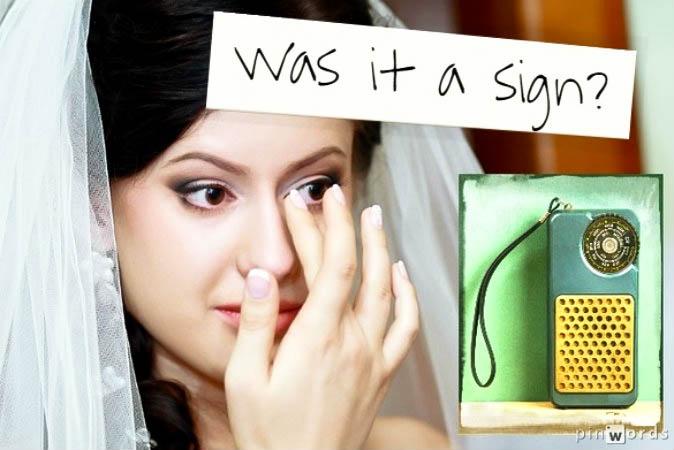Dr. Bernard Beitman is a founding father of Coincidence Studies. Working from the University of Virginia, he is creating definitions and methodologies for studying coincidences, and generally making this fascinating phenomenon “look more like a science,” he said.
He’s heard many, many coincidence stories and shared many of them with Epoch Times throughout the course of his research. Here a few outstanding examples.
A Fateful Look in the Trash
Journalist Stephen Diamond arrived in San Francisco with only $10 to his name. He couldn’t afford a notepad to write on, yet inspiration surged through him. He was tempted to steal one, but thought better of it. Then he saw just what he needed—“a pad of paper, face-down on top of a pile of rubbish, clothes, shoes, old books.”
The header on this notepad read, “Stephen Diamond, M.D.” What were the chances of Diamond finding a notepad with his name on it in pristine condition in the trash just when he needed it most?
He wrote the cult classic “What the Trees Said.”






